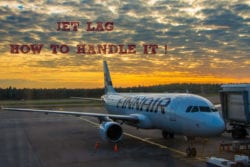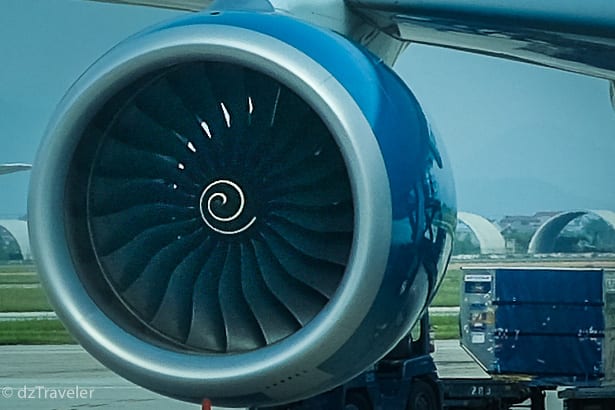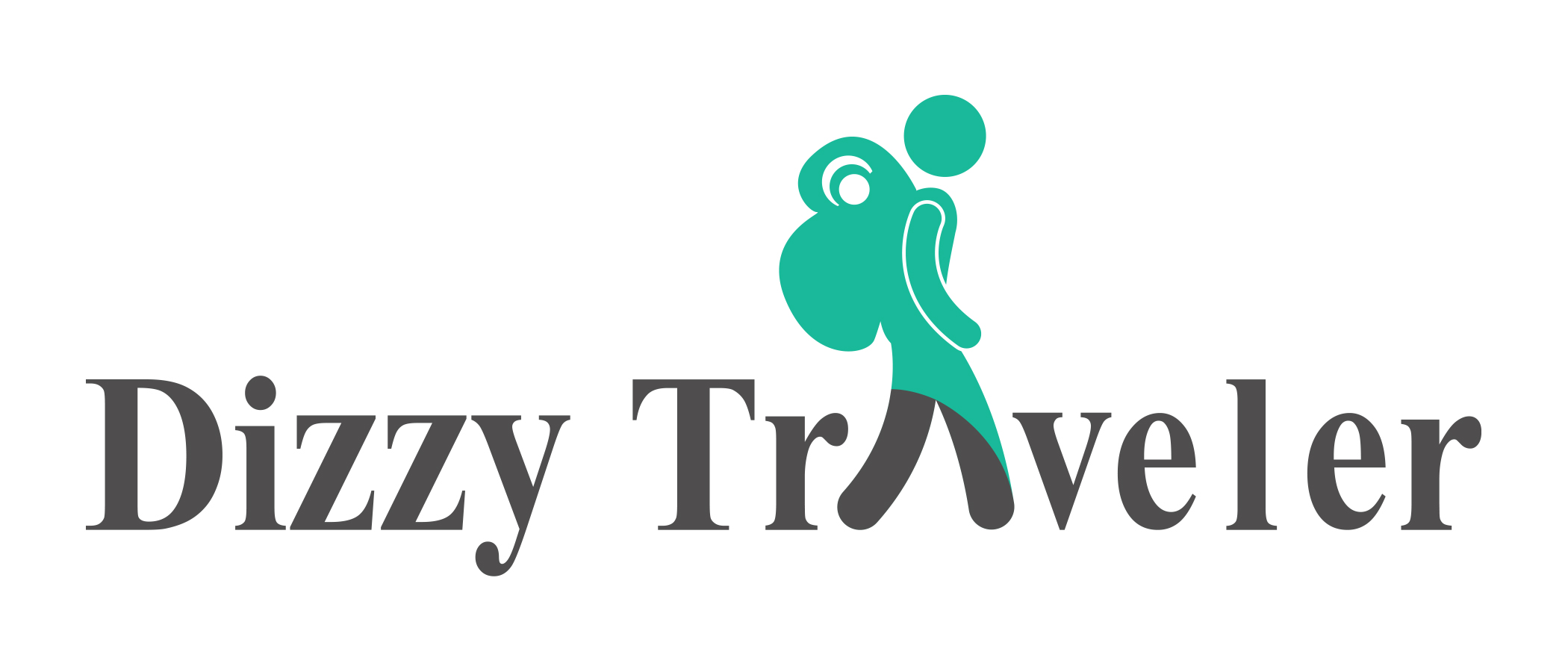Food Precautions
It is difficult, if not impossible, to guarantee the safety of food and beverages when traveling, especially in developing countries. Without strict public health standards, bacteria or parasites in food or water may go undetected and cause illness such as traveler’s diarrhea. However, travelers can continue to enjoy local foods-this is part of the pleasure of international travel. Just be sure to follow food and water precautions and concentrate on eating the types of food that tend to be safest. Although there is some evidence that suggests where food is eaten is more important than what food is eaten, following food and water precautions an still help decrease the amount of organisms ingested and decrease the severity of traveler’s diarrhea if contracted. It also helps reduce the risk of other infections such as dysentery, hepatitis A and E, giardiasis, typhoid and paratyphoid. While it may not be possible to avoid diarrhea in certain high-risk destinations even with the strictest adherence to preventive measures, the risk can be minimized by following the guidelines.
Do:
- Eat at establishments that are known to cater to foreigners or that are specifically known by other foreigners to be safe.
- Eat foods that are well-cooked and served steaming hot.
- Eat breads, tortillas, crackers, biscuits, and other baked goods.
- Eat fruits, nuts, and vegetables with thick skins, peels, or shells that can be removed.
- Eat canned foods
- Wash hands with soap before eating and after using the toilet.
Don’t:
- Eat any food from street vendors or market stalls.
- Eat leafy or uncooked vegetables and salads. Some organisms in soil and water are not destroyed by normal cleaning methods. Beware of garnish-typically uncooked vegetable, fruit, or herbs.
- Eat undercooked, raw, or cold meat, seafood, and fish.
- Eat large carnivorous fish, especially from reef areas. Many contain concentrated toxins.
- Eat or drink unpasteurized dairy products such as cheese, yogurt, and milk. Be particularly wary of ice cream and other frozen confections that may have been made or store in contaminated containers.
- Eat cold sauces such as mayonnaise, salad dressing, chutneys, or salsas, which are usually raw and made by hand.
- Eat buffet foods such as lasagna casseroles, and quiches-unless they are known to be fresh and have been kept steaming hot. Avoid buffets where there are no food covers or fly controls.
- Eat creamy desserts, custards, or sauces that may not have been adequately refrigerated.
Water Precautions
In developed countries, clean drinking water is available right out of the tap, and breakdowns in the systems are rare. Developing countries, however, don’t always have the resources needed to ensure a pure water supply, and consequently, tap water is not safe to drink. Even if the people who live there can drink the water, travelers should not assume that they can. Local residents have built up immunity to organisms in the water, but visitors have not. As a result, tap water can make travelers sick. When traveling through areas with less than adequate sanitation or with water sources of unknown purity, travelers can reduce the chance of illness by following these precautions. 
- Use sealed bottled water or chemically treated, filtered, or boiled water for drinking and for brushing teeth.
- Drink beverages made only with boiled water whenever possible. Water piled for any length or time at sea level is safe to drink.
- Drink canned, boxed, or commercially bottled carbonated water and drinks. International brands are safest. Beware of unsealed containers that may have been refilled.
- Safely drink beer and wine; however, alcohol added to other beverages does not render the beverages safe.
- Purify water if one of these options is not available. Decide which method to use for water purification and bring along the appropriate equipment.
- Carry safe water if going out for the day in an area where availability of safe water is not assured.
- Continue to breastfeed infants who are nursing, as it is the safe food source for those infants I formula is used, prepare with boiled water and sterilized containers.
Don’t:
- Drink tap water or anything mixed with tap water.
- Rinse toothbrush in tap water
- Use ice unless it is made from boiled, bottled or purified water. Freezing does not kill the organisms that cause diarrhea.
- Assume that water is safe because it is chlorinated. Chlorination does not destroy all the organisms that can cause illness.
- Drink from wet cans or bottles – the water on them may be contaminated. (Dry wet cans/bottles before opening and clean all surfaces that will have contact with mouth.)
- Drink fruit juice unless it comes directly from a sealed container; otherwise, it may have been diluted with tap water.
Treating Water
Boiling
Urban travelers may choose an immersion coil for boiling water (a plug adapter and current converter might be necessary). Boiling for 1 minute is usually sufficient. Because the boiling point decreases at higher altitudes, water should be boiled for 3 minutes at 2,0000 m (6,600 ft).
Chemical Disinfection
It is not possible to boil water, chemical disinfection is an alternative. Most (but not all) diarrhea pathogens are susceptible to being killed by iodine, which can be used to disinfect water, leafy vegetables, and fruits. Add 5 drops of 2% iodine to 1 liter of water and let stand for 30 minutes. Travelers who have thyroid problems or iodine allergies or who are pregnant should NOT use iodine for water purification. The use of iodine should be limited to a few weeks to avoid its effect on the thyroid from long-term use.
Portable filter
It cannot be assumed that portable filters will make drinking water safe; most authorities make no recommendation regarding their use because of insufficient independent verification of effectiveness.
My Opinion and Tips
In addition to safety there are also other factors that are equally important to pay attention to, here are few:
- Knowing how to handle Jet Lag.
- Medication to carry.
- How to handel Motion Sickness.
- How to pack for Happy Travel.
- Food Precautions.
- Knowing the illnesses from Food and Water.
- Knowing the illnesses from insects.



